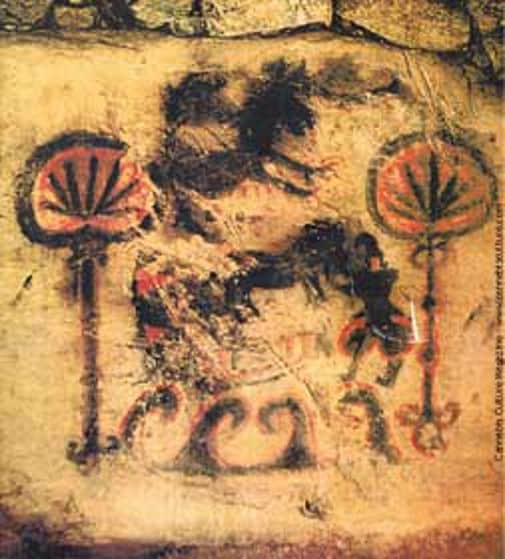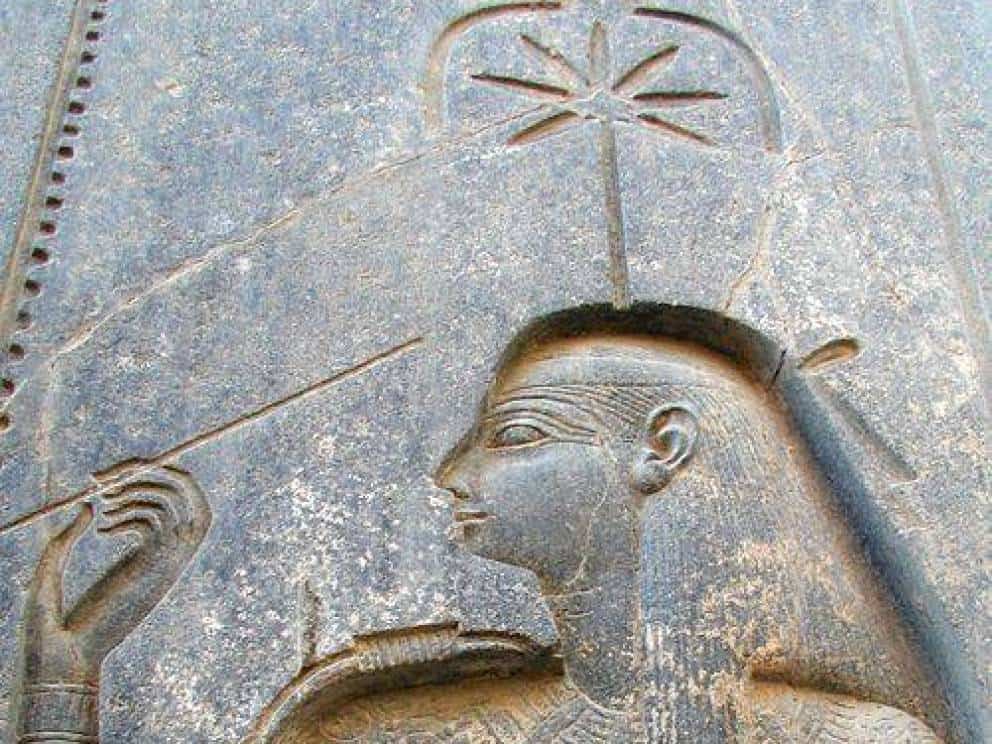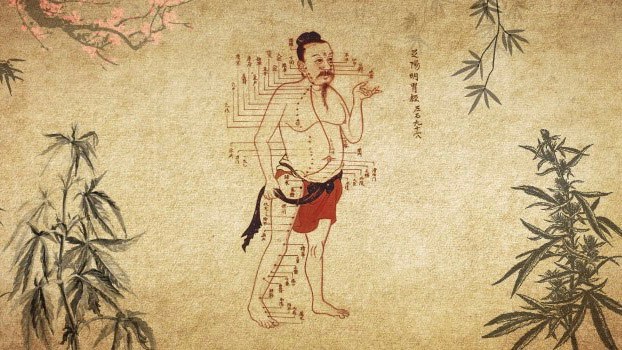Cannabis has been used by people throughout history, from tribal shamans to Victorian women. These methods and applications date back to the ancient world, when cannabis was used for medicine, magic, religion, and recreation. The psychoactive plant was cultivated and traded by the earliest civilizations.
In their search for ropes, textiles, foods, and pharmaceuticals, the ancients discovered cannabis. Some varieties were unsuitable for fabric and rope, but their sticky psychotropic flowers served a more important purpose. Traditionally, the plant was harvested and either juiced or smoked. The most common methods of ingestion were wine infusion, water extraction, and fumigating the dried flower. Recent archaeological evidence and surviving documents provide a window into cannabis’s historical use.
We begin with Mesopotamia, the cradle of civilization, whose Assyrian and Babylonian cultures left behind a large cache of cuneiform clay tablets dated between 1,000 and 500 BCE, some of which describe medical and religious practices. Azullu was the cuneiform word for cannabis. It was used to treat depression and in various medical recipes. It was one of the ingredients in their religious incense, known as kunubu, which they traded with Egypt and Judaea.

The Mesopotamians were most likely importing cannabis from Bactria (modern-day Afghanistan and Turkmenistan), where Zoroastrian priests used the plant to make Haoma, a religious drink (Vedic: Soma). One of the oldest known religions, Zoroastrianism, flourished among pre-Iranian cultures around the 7th century BCE, though its roots date back to the second millennium BCE.
A Zoroastrian temple in the ancient city of Margiana was discovered in the Kara Kum desert, near the Hindu Kush mountains. The city was an oasis on the Silk Road, an unofficial trade route that ran through Asia and China. Cannabis was traded along northern Asian mountain routes.
Cannabis and psychoactive beverages were exported from Margiana to India and possibly Egypt and Judaea. Cannabis, ephedra, and opium poppy residue were discovered in different pottery from Margiana dating back to around 1,000 BCE.
In ancient India, cannabis was called bhang and ganjha (twisted rope). Their pharmaceutical texts (circa 1600 BCE) recommend the plant for anxiety treatment, among other things. It was most likely an ingredient in Soma and was mentioned in Vedic texts.
Cannabis was first mentioned in Egypt during the New Kingdom (ca. 2350 BCE). Shemshemet was a hieroglyphic symbol for cannabis and hemp. In Egyptian medicine, other terms were used. Up until the 1800s CE, it was used in their pharmacy.

Cannabis appears in Exodus (30:22-25), dating to the 9th or 8th century BCE, as one of the ingredients in holy incense and anointing oil under the name kaneh bosm. Another Hebrew text, the Talmud, contains a recipe for cannabis and myrrh-infused wine.
Cannabis hash burned over the body of a deceased young woman was discovered in a Roman-era tomb in Judaea (ca. 4th century CE). The drug was used as either medicine during her pregnancy or as part of the funeral ritual.
The ancient Greeks and Romans were aware of the Bactria region and the cannabis plant. Dionysus, the ancient Greek god of wine and intoxication, was born in this region. Nysa, the mythical land, was said to be teeming with powerful drugs and medicines. The nomadic Scythians and their fumigation of cannabis flowers were described by the ancient Greek historian Herodotus (5th century BCE). They travelled frequently through Silk Road areas such as Bactria, southern Siberian Russia, and northwestern China.
Herodotus describes a Scythian funeral custom in which cannabis was fumigated on hot coals inside tents. He mentions another related tribe, the Massagetae, who ate it similarly. It was an ancient form of clam-backing or hot-boxing, known as a vapor-bath by the Greeks. Because they traded extensively, these neighbouring tribes influenced the ancient Greek world and their available psychoactive botanicals.
Cannabis was also used as part of the religious experience by a Thracian oracle in the Greek city of Epirus (the Thracians were related to the Massagetae). Cannabis ash was discovered in the caves beneath the temple. To commune with the dead, the plant was consumed at the oracle.
The Scythians rode their horses along ancient trade routes connecting Eastern Europe, India, and China. Archaeologists discovered burnt cannabis, tent poles, and small coal stoves in Scythian graves in Southern Siberian Russia. In many ways, the artefacts correspond to Herodotus’ accounts.
The Scythians had contact with distant tribes in Northwest China known as the Subeixi culture (in modern-day China’s Xinjiang province), who cultivated the plant. The ancient cannabis remains of 16 intact female plants were discovered in a grave and used as a burial shroud for the deceased. Another grave in a nearby cemetery held slightly less than two pounds of processed and cut cannabis. This was a shaman’s grave.

The Subeixi were a semi-nomadic people who flourished between 1,000 and 200 BCE. They traded cannabis with the rest of China and had contact with cultures as far away as India and Bactria. The plant was used in the culture’s religion, medicine, and funeral rites.
Cannabis was well known and widely used in the Roman Empire.
Cannabis appears in various medical and pharmacological texts from Pliny the Elder’s time until the late Roman Empire. Pliny (23-79 CE), a Roman naturalist, mentioned cannabis in several passages, including medical applications. He wrote about the infusion of “laughing-weed” (gelotophyllis) with wine, which grows in Bactria and was known to induce intoxication, in his work Natural History.
Cannabis is mentioned numerous times in the medical writings of the Roman doctor Galen (2nd century CE). In his book On the Properties of Foods, he writes that it was cooked into desserts and consumed at parties for recreation. Cannabis was used to treat a wide range of symptoms and ailments in ancient times, including ear blockage, burns and cuts, inflammations, tumours, gastro-intestinal issues, the eyes, muscle aches, gout, and tremors. It was also used to treat illnesses in farm animals that had been domesticated.
This ancient trend of cannabis use persisted in Europe into the Middle Ages and beyond. The plant was widely used in ancient medicine, beverage production, and religious incense.